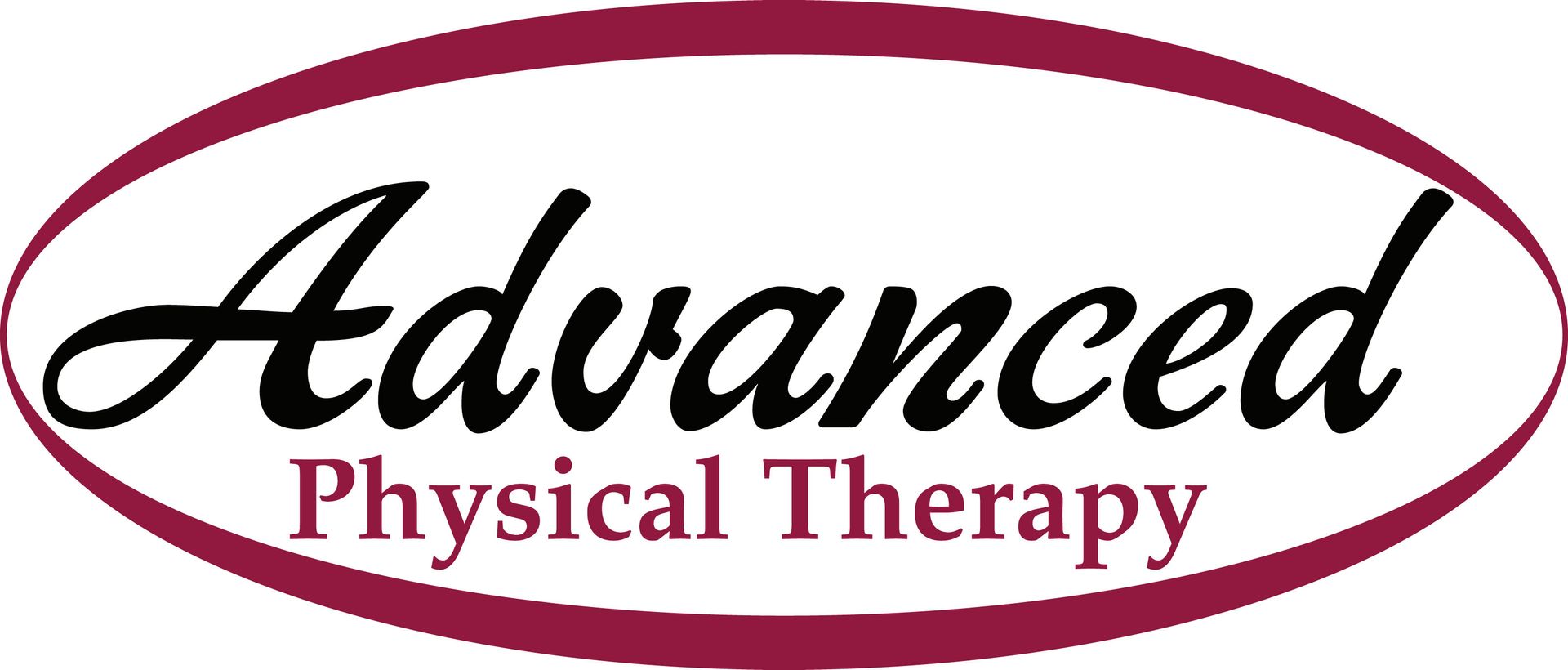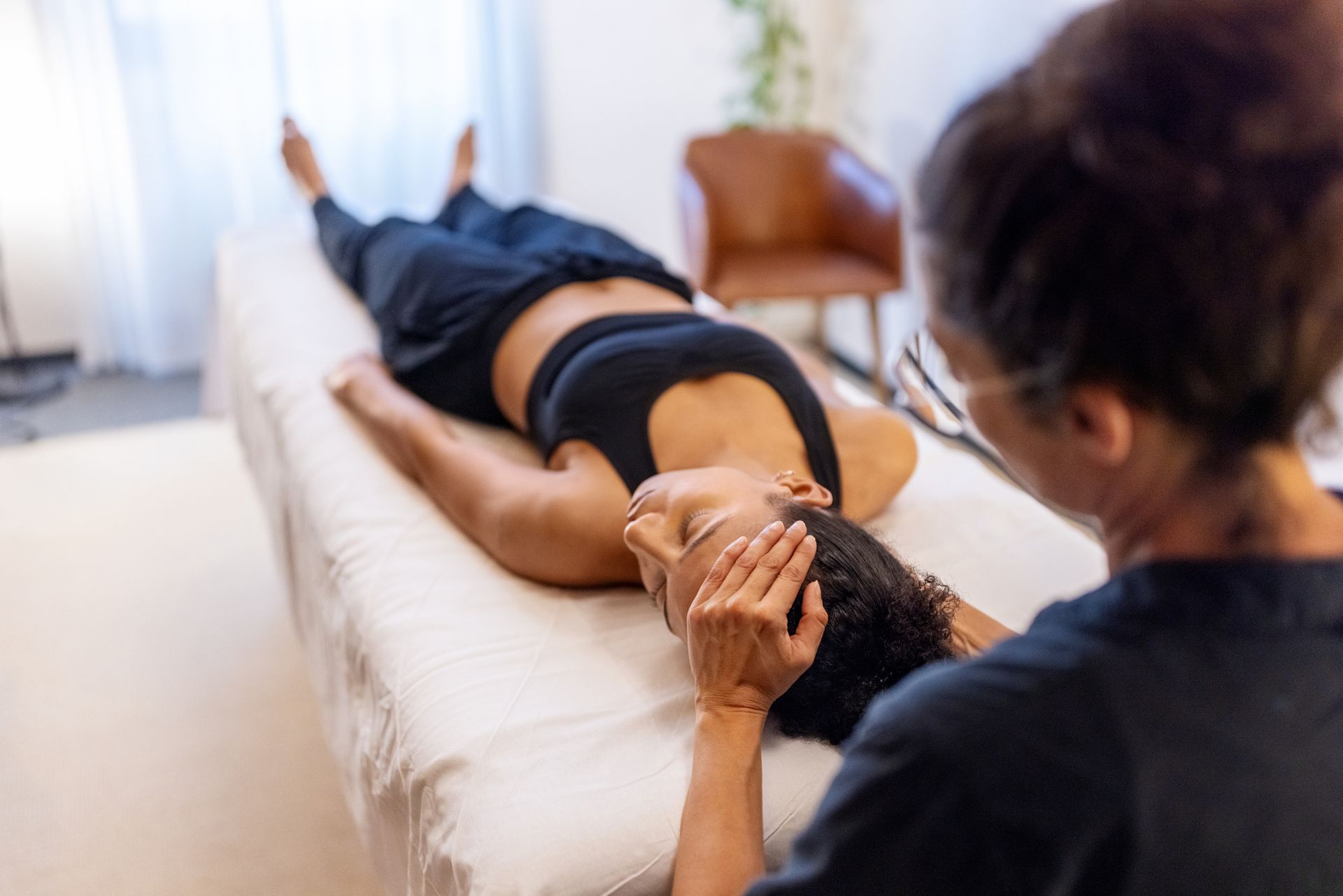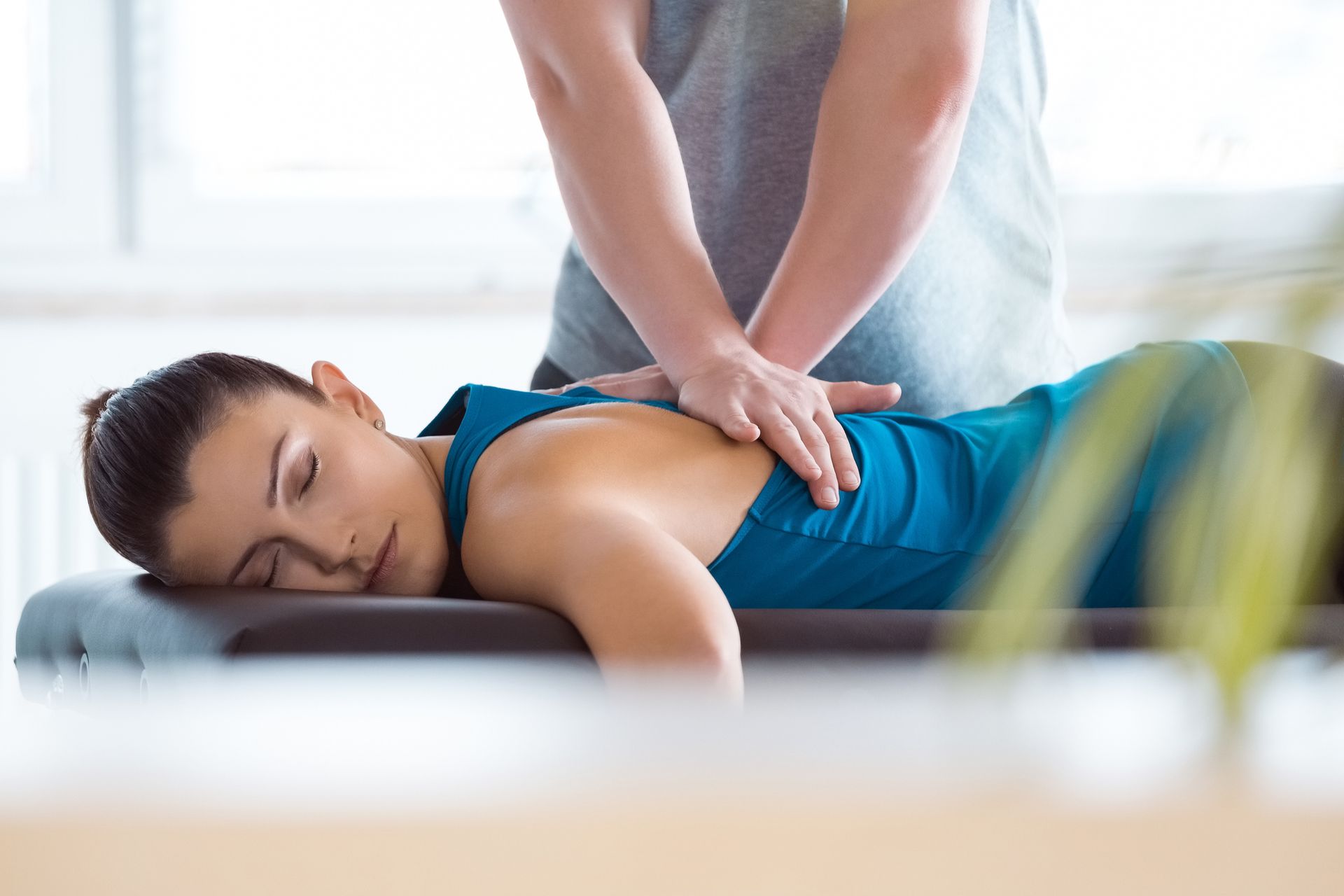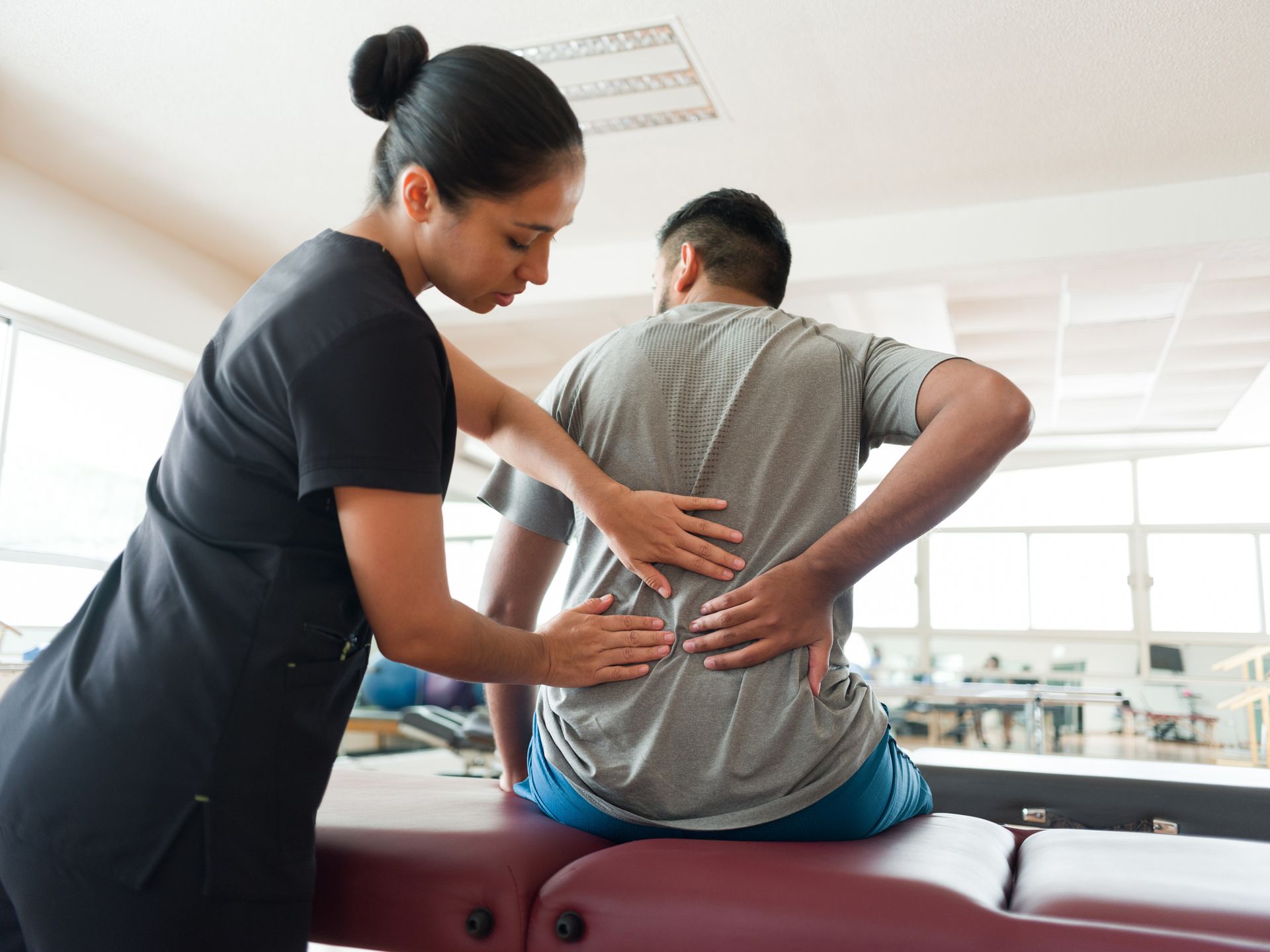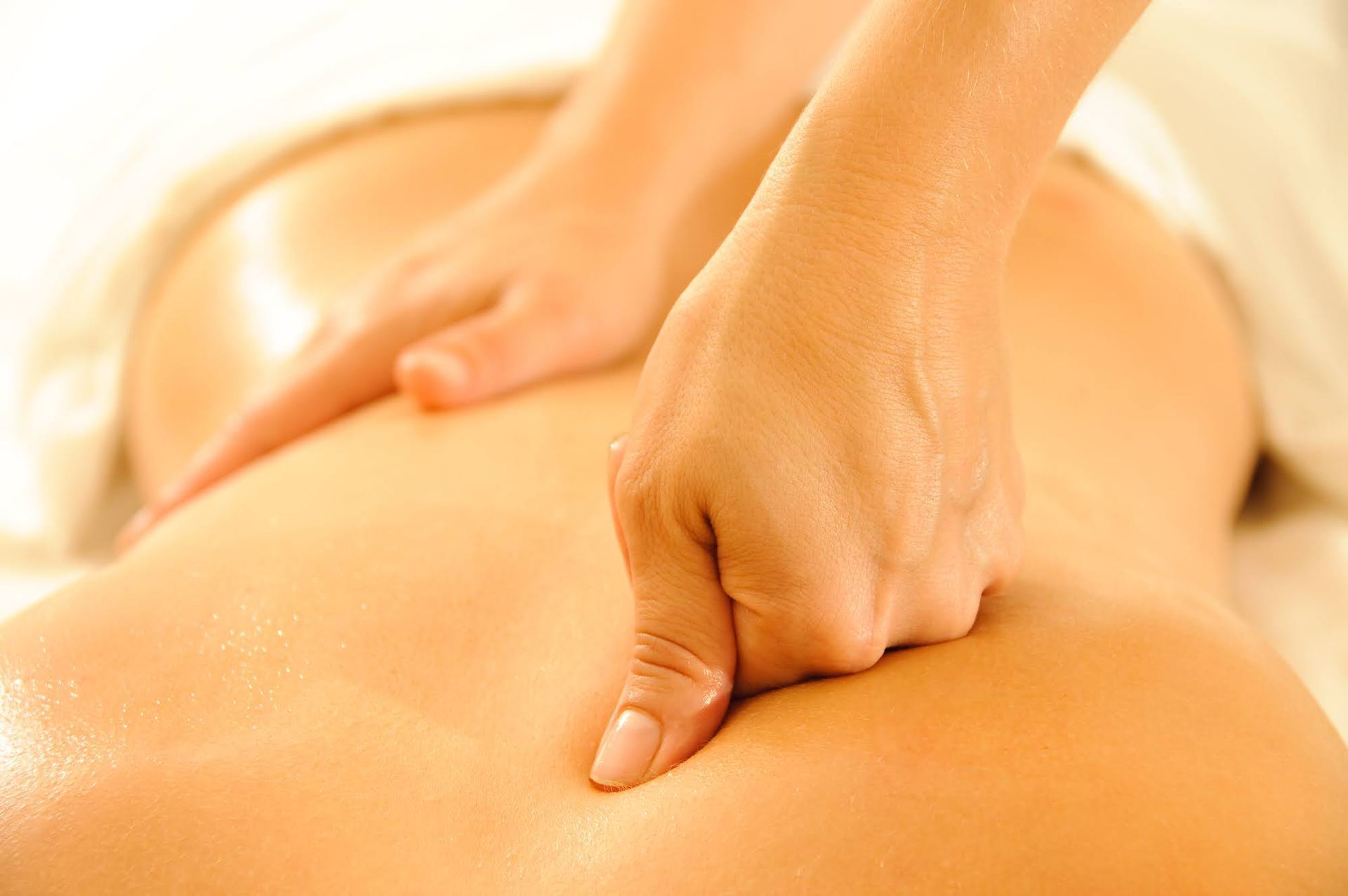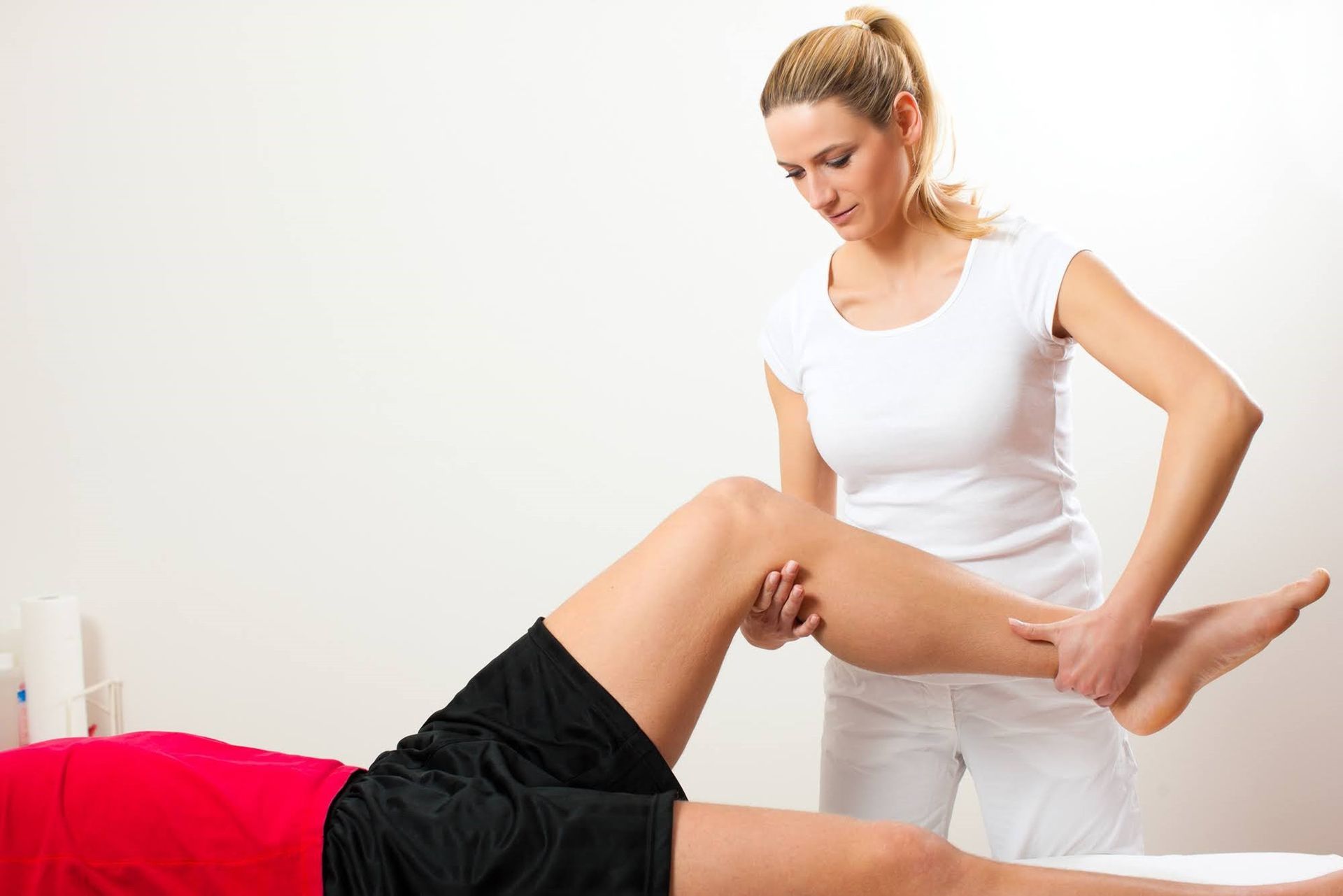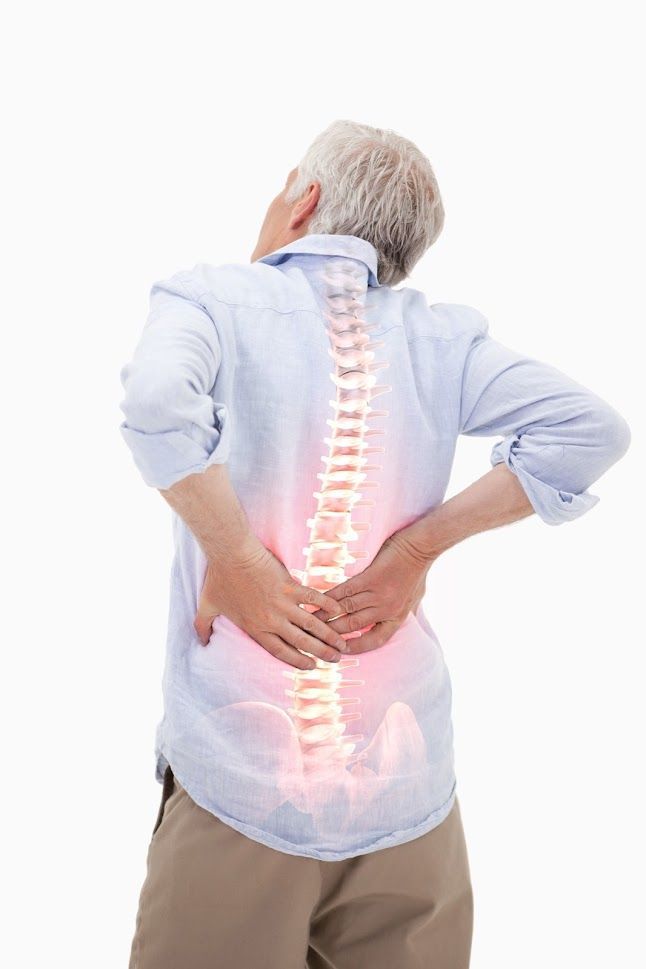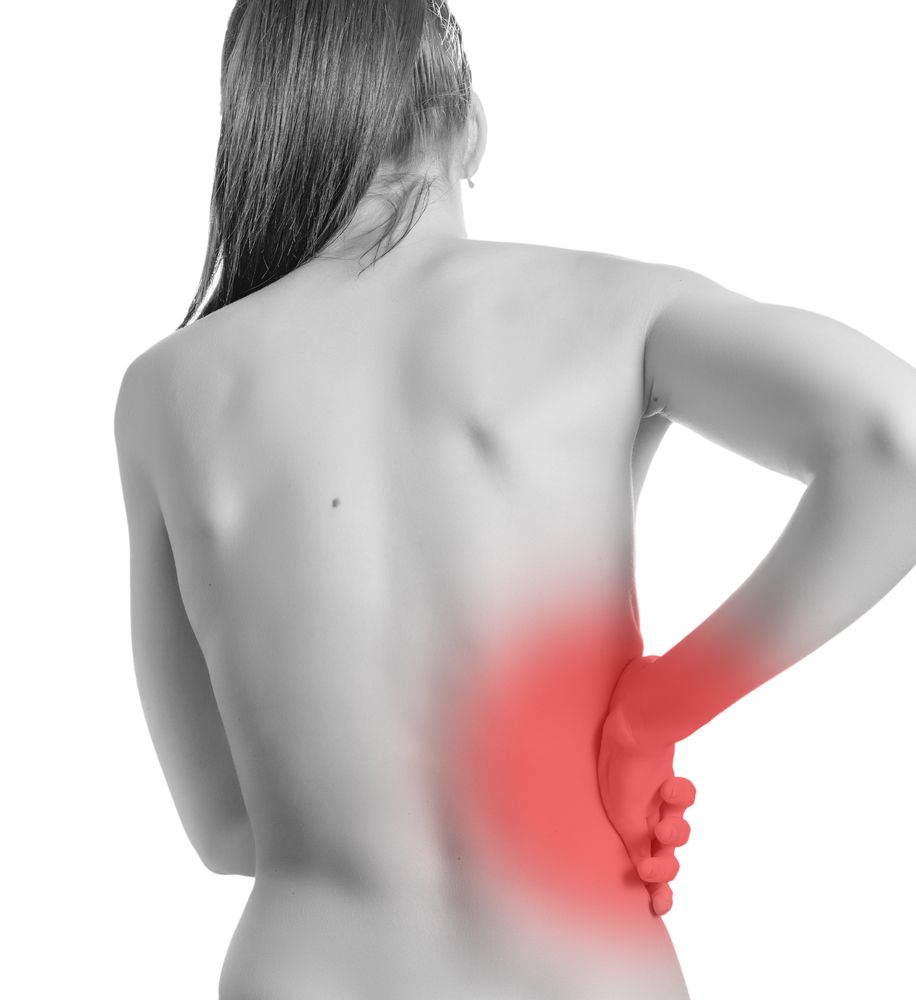Physical Therapy for Hands: An FAQ
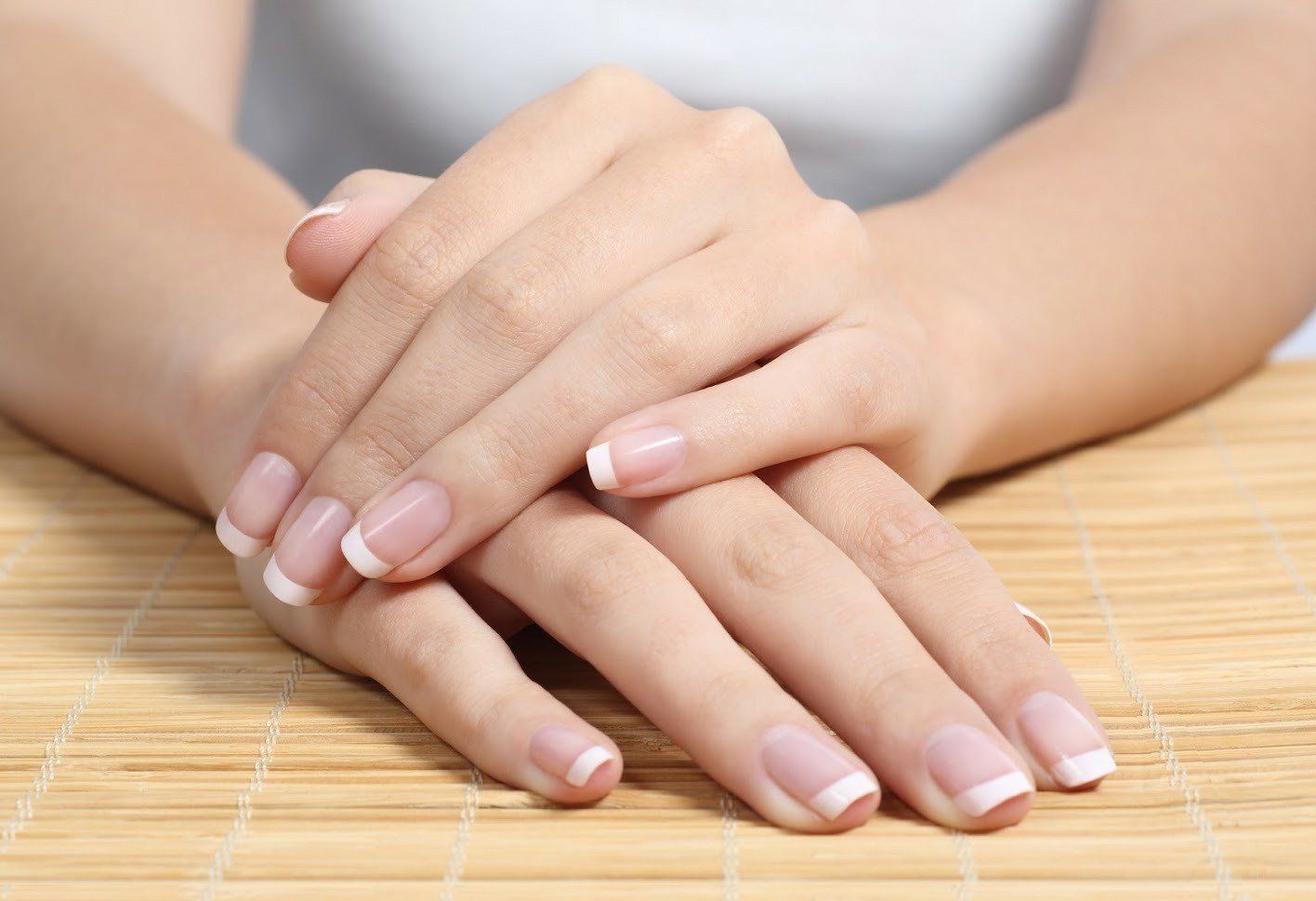
The human hand operates as a complex piece of organic machinery. Its 27 bones, 30 muscles, and the connective tissues that hold everything together must work properly to give you the pain-free function you expect. Unfortunately, a variety of injuries can deprive your hands of their abilities.
Physical therapy can play a pivotal role in treating debilitating or painful hand problems. If you struggle with such issues in one or both hands, learn more about this approach to recovery by studying the answers to the following frequently asked hand therapy questions.
What Hand Injuries Might Call for Physical Therapy?
The many parts of the hand can fall prey to a variety of acute injuries. Many of these injuries occur when the fingers or thumb punch or otherwise impact a hard surface. For instance, boxers may suffer from fractures of the little finger, while football players may fracture a thumb, either at the first joint or at the base of the digit.
Avulsions represent another common kind of acute hand injury. In an avulsion, a tendon that attaches a muscle to a bone tears away from the bone. If you have this kind of injury in a finger, you may find it impossible either to bend or to straighten the finger. Nerve damage or impingement can also limit hand function.
Repetitive motion injuries can continue to plague you indefinitely unless you seek treatment. Overuse of muscles, tendons, and ligaments can lead to chronic inflammation and pain. In cases such as carpal tunnel syndrome, wrist inflammation pinches a nerve that serves the first three fingers of the hand.
What Chronic Hand Disorders Can Benefit From Physical Therapy?
Even after you recover from an acute injury, you may suffer from chronic pain and stiffness due to accumulated scar tissue left behind from the healing process. This scar tissue can bind muscles and connective tissues, depriving them of their normal flexibility. You may need physical therapy to release the trapped tissues.
Degenerative conditions can also affect the hands just as they affect other parts of the body. For example, in osteoarthritis, the cartilage in your hand or finger joints breaks down, leading to chronic pain and swelling that reduces your grip strength and manual dexterity.
Which Exercises Can Help Restore Hand Function and Comfort?
Your physical therapist will most likely prescribe rehabilitative or corrective exercises to increase your troubled hand's range of motion, build up muscle strength, and help you use the hand more comfortably. Once you learn how to perform these exercises properly, you can do them at home or at work.
Many therapeutic hand exercises require no outside tools or equipment. Examples include doing finger lifts and stretches, making and releasing a fist, doing thumb extensions (in which you turn your thumb inward toward the palm), and practicing wrist rotations. Blocking exercises involving bending stiff joints with the opposite hand.
If you suffer from osteoarthritis, your physical therapist may also recommend an exercise called alphabet writing. True to its name, this exercise requires you to trace the letters of the alphabet in midair, supporting the affected hand and arm with the healthy hand. You can increase the difficulty level by tracing smaller letters.
Other physical therapy exercises for the hand require simple tools or household objects. If you struggle with hand weakness, for instance, you can increase hand strength by squeezing a ball. Some wrist movement exercises may call for an exercise band or folded towel.
How Do Other Forms of Therapy Complement Hand Exercises?
A variety of other physical therapy techniques can ease hand pain and support the effectiveness of hand exercises. Your physical therapist may recommend massage therapy and other kinds of manual therapy to help break up scar tissue, reduce swelling and inflammation, and help your joints move more freely.
If you could use a helping hand to recover from an injury or chronic problem that affects your manual dexterity and hand strength,
contact Advanced Physical Therapy. Our skilled team can examine your hand issues and devise a personalized therapy plan to help you overcome them.

